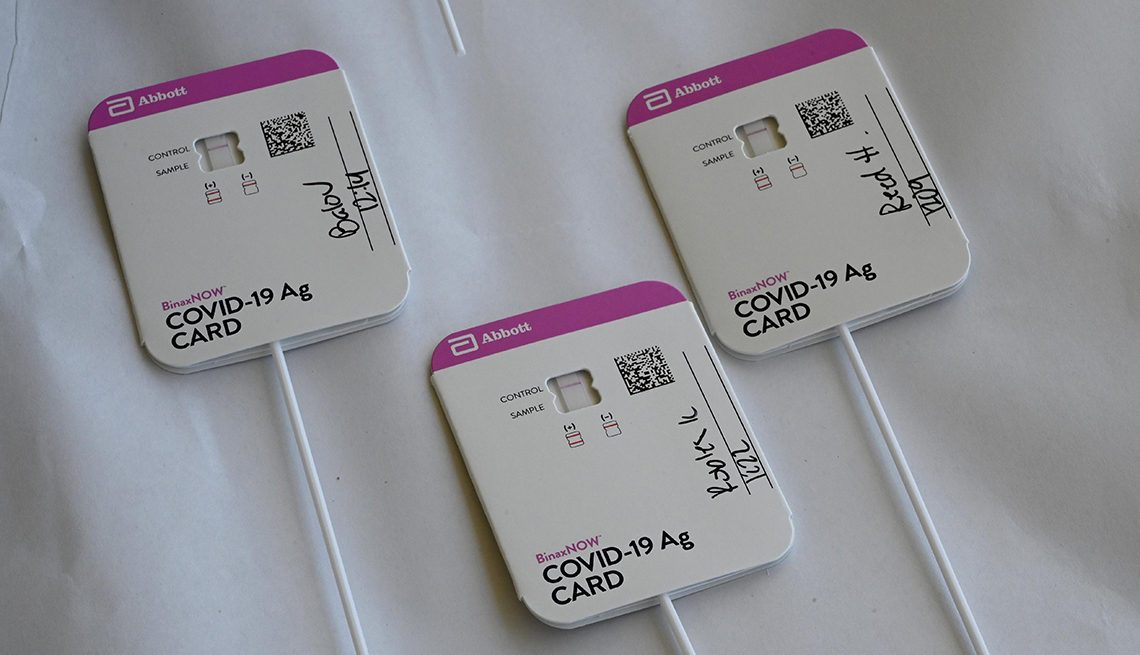
Depending on the stage of an infection, it is possible for someone to be negative according to an antigen test but positive with PCR, or vice versa, experts warn. However, antigen tests are far less sensitive than PCR tests and are more likely to lead to false negatives-in which the test gives a negative result even though the person has COVID-19-especially in folks who are asymptomatic. The test costs about $30 online and at pharmacies, and delivers results within 15 minutes. DIY Assistant Editor Sandra Gutierrez tried out an antigen test made by Australian manufacturer Ellume, which was the first rapid, fully at-home antigen COVID-19 test authorized by the FDA. These individuals are typically more infectious and should self-quarantine. Instead of looking for traces of the virus’s genetic footprint, these tests-called antigen tests-screen for fragments of proteins shed by the virus.Īntigen tests are good at quickly identifying people with larger amounts of the virus, and therefore, proteins shed by it. Most of the newly-approved at-home kits that return results right away use a different, much faster technique.

“It is considered the gold standard,” says Thomas Denny, a professor of medicine at Duke University Medical Center. But the technique is highly accurate at picking up positive cases since it can confirm the virus’s genetic presence-even if faint-in a given sample. The closer each of those are to 100 percent, the more accurate the test.īecause PCR is a lab test, it can take a few hours or days to turn around results. A test’s sensitivity is how well it can correctly identify a person who has the disease, in this case, COVID-19 a test’s specificity measures how well it identifies those without the disease. The accuracy of COVID-19 tests are based on two main factors: Sensitivity and specificity. Many of these tests use a molecular technique called polymerase chain reaction, or PCR, that looks for small pieces of the virus’s genetic material in a sample (usually a swab of the nose or upper throat, but sometimes saliva) taken by a health worker at a testing site. So far, the US has administered more than 682 million COVID-19 diagnostic tests, according to the Centers for Disease Control and Prevention. No test is perfect, and this disease is, unfortunately, sneaky.” How do at-home rapid COVID-19 tests stack up? “The three most dangerous words during COVID are ‘I feel fine,’” says Mara Aspinall, co-founder of the biomedical diagnostics program at Arizona State University. Government officials are also responding to testing needs: Certain states, such as Massachusetts and New Jersey, have created programs to deliver free, rapid tests to residents, while President Biden announced a plan earlier this month that will soon require private health insurers to cover the costs of over-the-counter, at-home COVID tests.

But in recent months, the FDA has also granted emergency use to at least 13 at-home tests that return results on the spot, within an hour.Įxperts hope the broadening selection of testing options will help prevent people with asymptomatic infections from turning into unwitting super-spreaders. Most of the at-home tests authorized by the US Food and Drug Administration to date are kits that ask users to collect their own spit or swab samples and mail them to a lab for processing. “You use the different types of tests for different situations.” And the advent of do-it-yourself tests, he says, “has the potential to be tremendous.” “Each type of test has its place,” says Patrick Godbey, lab director of Southeast Georgia Regional Health System and Southeastern Pathology Associates. Compared to this time last year, consumers have far more COVID-19 testing options available to them-including a handful of tests that can be administered from the comfort of home. With increased traveling during the holiday season and cases of new variants, like Delta and Omicron, on the rise, experts say testing (on top of getting vaccinated) is crucial in keeping infection numbers low. Getting tested-and tested frequently-has been the mantra for helping slow the spread of COVID-19. Since the coronavirus pandemic’s earliest days, public health experts have agreed that intercepting and minimizing outbreaks would rely on our ability to answer a seemingly simple question: Do I have the virus? It was first published on April 28, 2021.


 0 kommentar(er)
0 kommentar(er)
